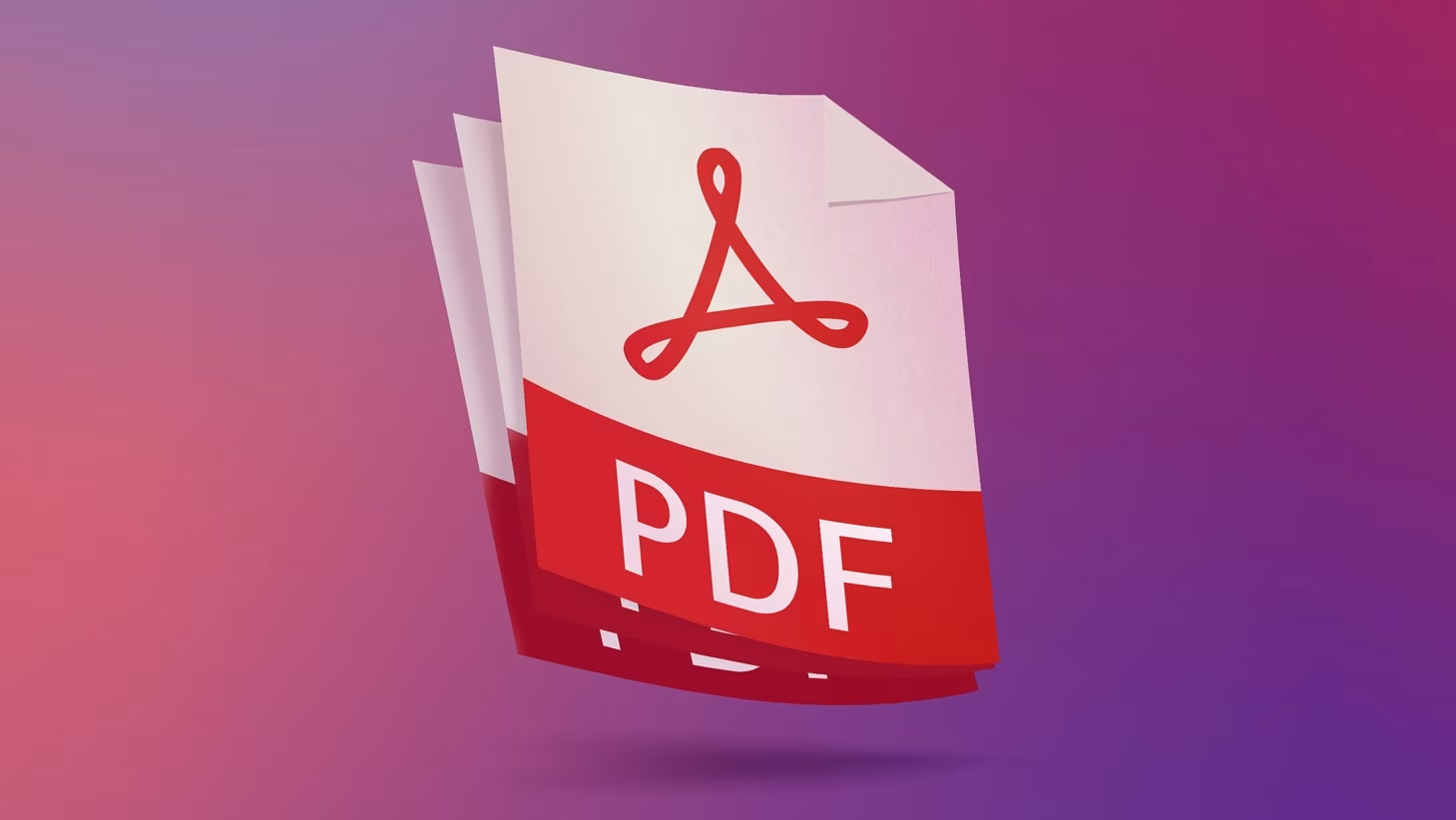Interactive PDFs are increasingly being adopted in compliance-sensitive industries as an alternative to static document formats. Traditional PDFs often fail to meet the dual needs of legal scrutiny and reader engagement, resulting in inefficiencies during review cycles and missed opportunities to inform or persuade.
This article explores recent developments in PDF accessibility, archival formatting, and embedded interactivity—highlighting tools and practices that streamline approval workflows while enhancing the reader experience.
Why Traditional PDFs Fall Short
Most PDFs used in professional settings are designed with good intentions but often fall short in practice. They’re heavy on compliance and light on usability, frequently packed with static text and generic visuals that discourage deep engagement. Formatting inconsistencies and accessibility gaps often exacerbate reader drop-off.
Emerging evidence suggests that incorporating interactive elements like clickable demos or embedded summaries can shift the experience from passive to active. For example, interactive content drives sales more effectively than traditional brochures—highlighting the impact of format on outcomes.
Starting with Standards: Compliance Comes First
Ensuring smoother review processes often starts with format selection. PDF/A, an ISO-standardized archival format, is increasingly favored for its ability to preserve layout integrity, metadata, and embedded elements over time.
Its structure also accommodates accessibility features that reduce friction in audits or future conversions. According to Forbes, accessible PDF templates are best planned early in the document lifecycle to prevent downstream complications. Adobe’s built-in safeguards for basic file handling also assist in reducing compliance issues at no extra cost.
Before Embedding Features: Evaluate for Long-Term Use
A compliance-friendly document is as much about what’s excluded as what’s embedded. Risky features like scripts or non-standard media formats can introduce rendering issues over time. To remain audit-ready, documents should prioritize durability, verifiability, and format fidelity.
Interactive Elements and Legal Alignment
Interactive PDFs—when designed within proper constraints—can improve usability without jeopardizing legal or technical standards. Popular enhancements include audio summaries, clickable buttons, and contextual media overlays.
These features can add clarity without adding risk. For instance, short audio summaries help orient readers quickly, and machine translation for global content makes documents more accessible to wider audiences. When used strategically, interactivity reinforces comprehension and trust.
Building a Reliable Review Workflow
Below is a summarized workflow illustrating best practices for delivering compliant, interactive PDFs:
- Content Drafting – Structure copy with readability and accessibility in mind.
- Visual Layout – Use grid-based tools to support modular and responsive sections.
- Asset Integration – Embed MP3 summaries, hyperlinks, and callouts within safe boundaries.
- PDF/A Conversion – Use a tool like a pdf to pdf/a command-line converter for format validation. As Wired explains, structure matters just as much as content.
- Legal Review – Final review becomes a verification stage if standards are met early.
- Launch and Analytics – Use document interaction data to refine future editions.
Design Details That Influence Perception
Small enhancements often distinguish effective documents from forgettable ones. These include glossary hover tools, contextual footnotes, and branding alignment that mirrors user expectations. Research on client experience best practices confirms that minor refinements in UX can improve document clarity and retention.
Moreover, personalization should not conflict with data responsibility. Personalization done right emphasizes subtle customization that respects privacy while still enhancing user relevance.
Streamlining Future Projects with Scalable Templates
Organizations can improve efficiency by creating modular, pre-reviewed templates. These may include pre-approved phrasing, layout standards, and tagged metadata. Such consistency reduces bottlenecks and simplifies updates.
Team guides on export formats and accessibility practices can also aid onboarding. The Verge’s tutorial on how to password‑protect a PDF file is an example of a helpful reference that supports document hygiene across departments.
Documentation as Strategic Infrastructure
Compliance no longer exists in a vacuum. It intersects with user experience, brand credibility, and platform adaptability. When design and legal alignment coexist in the same workflow, documentation becomes a catalyst—not a constraint.
As new SEC cybersecurity rules make clear, documentation is central to governance. Interactive PDFs that are both compliant and accessible stand to improve workflows—and elevate how brands communicate responsibility.



